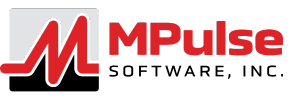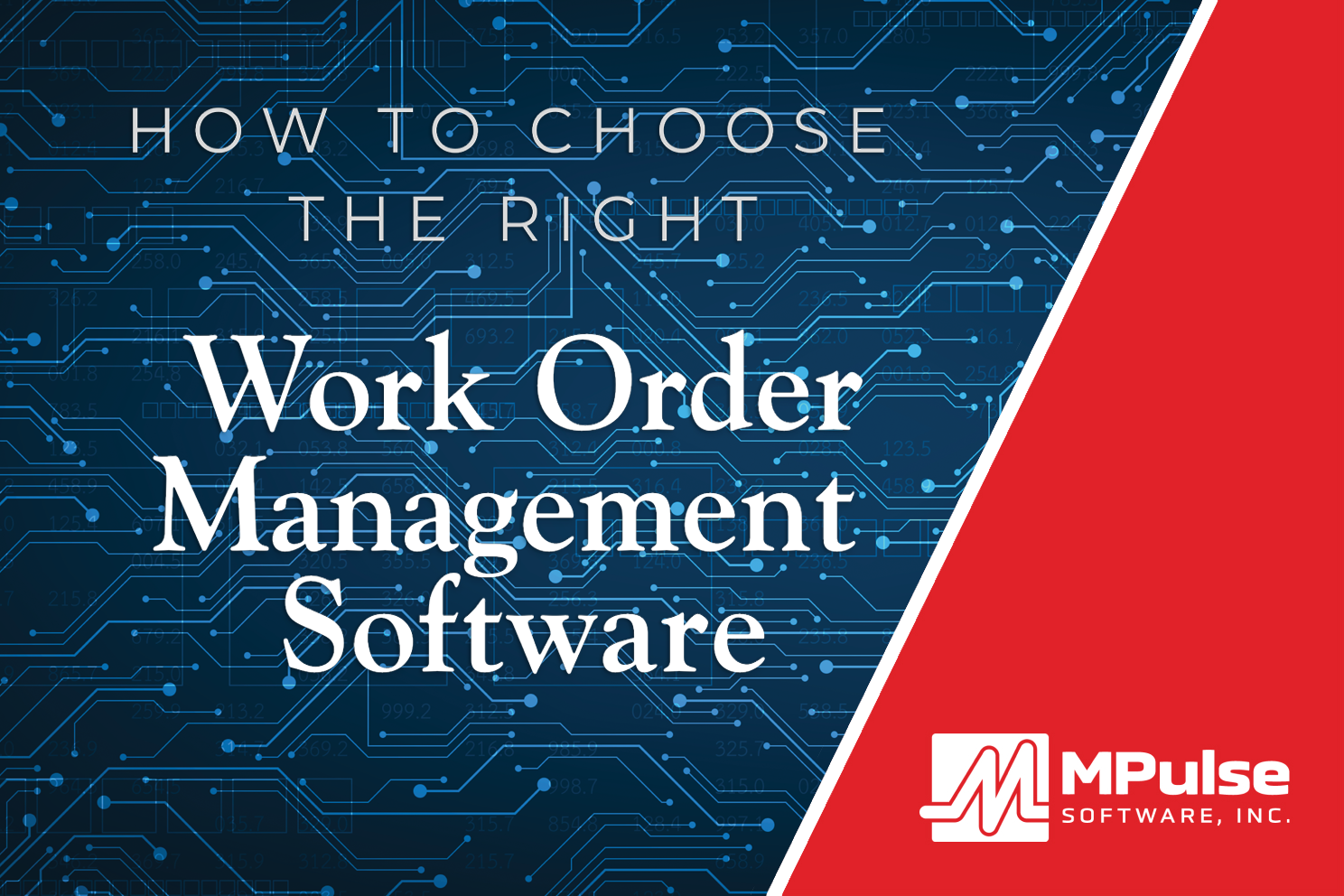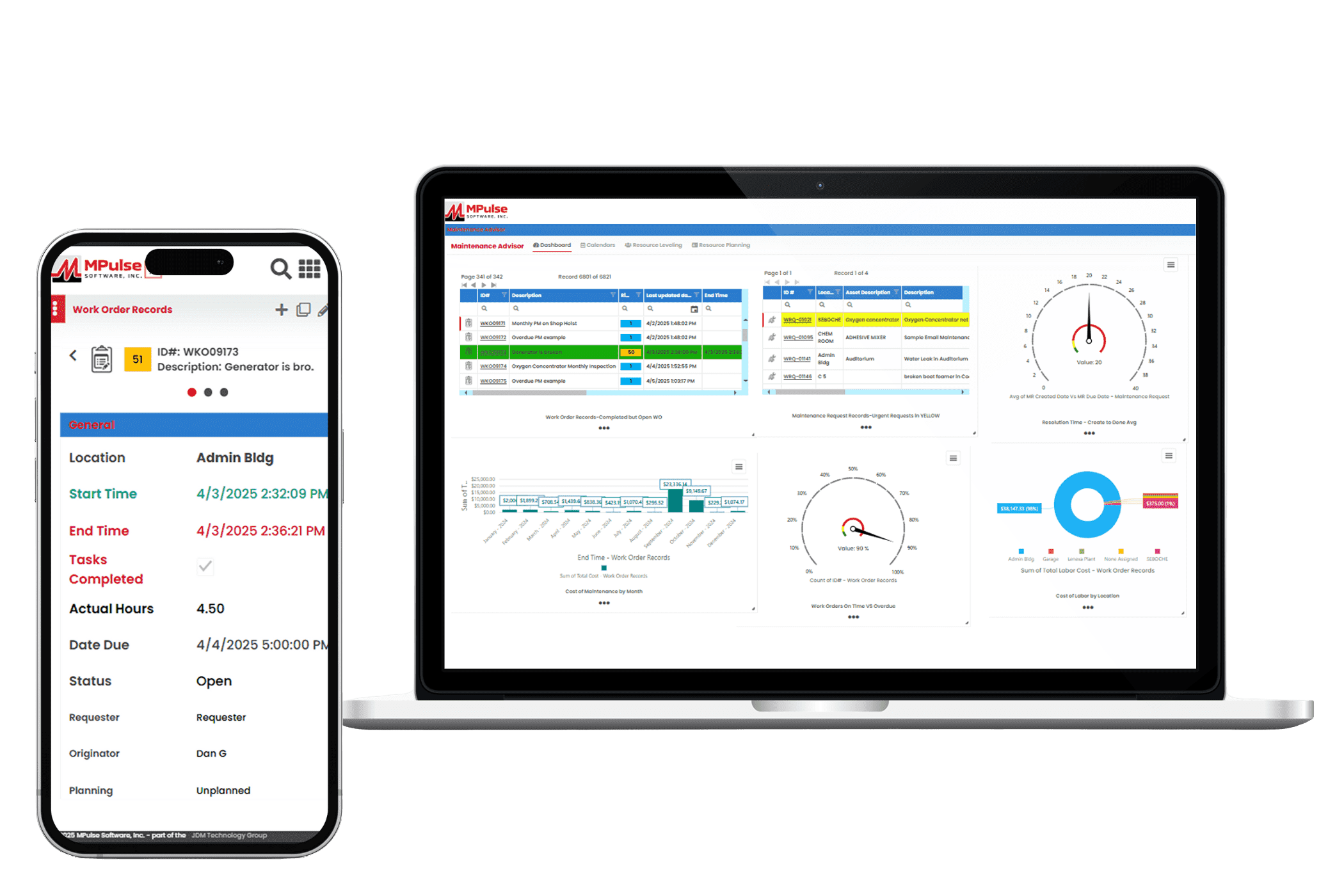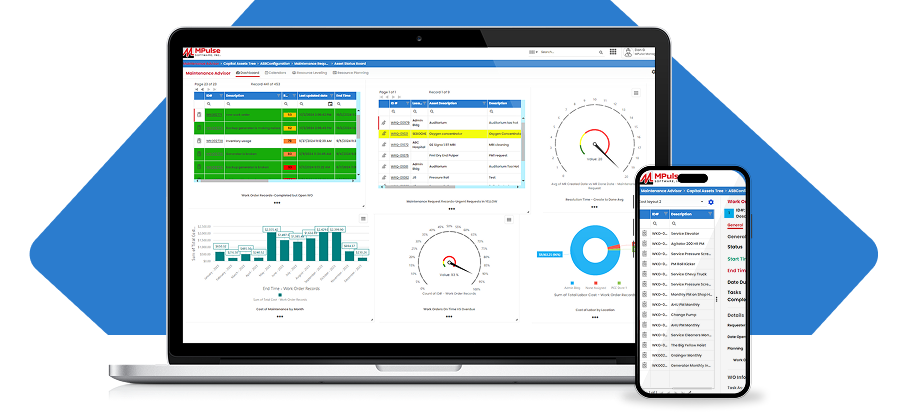Unexpected facility maintenance costs tend to be more expensive than scheduled ones, often requiring after-hours labor, rush delivery of parts, or even temporary shutdowns.
While you can’t predict every issue, you can use CMMS to significantly reduce both the frequency and impact of those unexpected hits.
Facility maintenance budgeting isn’t just about forecasting routine expenses—it’s also about preparing for the surprises. An aging HVAC system might decide to quit on the hottest day of summer, or a water line could burst over a holiday weekend. These problems aren’t just inconveniences—they’re potential financial sinkholes if you’re not prepared.
That’s where a smart budgeting strategy and CMMS come into play.
Table of Contents
The Real Cost of Unexpected Facility Maintenance Costs
Many facilities don’t have a clear view of their maintenance history. If you’re managing data in spreadsheets, scattered paper records, or not at all, it’s tough to build a solid case for budget requests—especially when justifying extra funds for “what if” scenarios. That’s where CMMS becomes invaluable.
CMMS for Facility Maintanence Budgeting
CMMS is a powerful tool for tracking maintenance operations, costs, asset performance, and more—all in one centralized system. When it comes to budgeting, it gives you hard numbers and trends instead of best guesses and gut feelings.
Here’s how a CMMS can help you plan for unexpected facility maintenance costs:
1. Track Historical Data
One of the biggest advantages of CMMS is the ability to look backward in order to plan forward. With just a few clicks, you can see how often a particular asset has failed, what it cost to repair, how long it was down, and whether it was worth fixing or replacing. You can even identify recurring seasonal issues—like that finicky rooftop unit that seems to go down every July.
By reviewing trends in reactive work orders, you can forecast which assets are most likely to generate surprise expenses and budget accordingly. For example, if your cooling tower needed emergency service two summers in a row, you can plan preventive work or set aside contingency funds in anticipation of a third round.
2. Automate Preventive Maintenance
CMMS helps shift your facility from reactive maintenance to preventive maintenance. The more proactive your program, the fewer “surprise” expenses you’ll have to deal with.
You can schedule PM tasks based on usage, time intervals, or even condition-monitoring data. PM schedules not only extend the life of your assets but also allow you to spread costs more evenly across the year—rather than blowing your budget on emergency repairs in Q3.
3. Predict Costs with Greater Accuracy
Budgeting with CMMS lets you factor in more than just labor and materials. You can include warranty information, vendor pricing, expected part lifespans, and service contract details. As a result, you have more precise cost modeling, which is especially useful when requesting capital for asset replacement or major overhauls.
Some CMMS platforms also offer predictive analytics, giving insight into failure probabilities or identifying maintenance patterns that signal a looming issue. These features help prioritize which assets need attention (and funds) sooner rather than later.
4. Justify Emergency Reserves
Let’s face it—when money is tight, emergency reserves are often the first line item to get slashed. But with detailed reports from your CMMS, you can build a stronger case for why those reserves matter.
Instead of saying, “We might need this in case something breaks,” you can point to three years of data showing how much you’ve spent on unplanned downtime for your critical assets. That level of clarity not only helps secure budget approval but also earns trust from upper management.
5. Improve Communication Across Departments
CMMS isn’t just for the maintenance team—it also improves collaboration with finance, procurement, and operations. When everyone has access to the same real-time data, it’s easier to align on budget goals and make smarter spending decisions.
For example, if operations is planning to scale production next quarter, your team can use CMMS insights to anticipate the additional strain on machinery—and budget accordingly for increased maintenance needs.
Budget for Unexpected Facility Maintenance Costs with CMMS
So how do you get started? Here’s a basic outline for using your CMMS to budget for both planned and unexpected costs:
- Audit your asset inventory: Make sure every critical asset is logged, with service history and condition assessments updated regularly.
- Review past work orders: Identify patterns of frequent failures, high-cost repairs, or seasonal issues.
- Build a preventive maintenance schedule: Automate PM tasks for high-risk or high-value assets to reduce future surprises.
- Forecast expenses: Use your CMMS to generate cost projections for both routine maintenance and emergency contingencies.
- Justify your budget: Use CMMS reports to explain past spending, predict future needs, and support your case for emergency funds.
- Adjust as you go: Budgets aren’t static. Use your CMMS to track actual vs. projected costs throughout the year and refine your forecasts.
Don’t Let Unexpected Facility Maintenance Costs Derail Your Budget
Unexpected facility maintenance costs will always happen—but they don’t have to derail your entire budget. With the right CMMS, you can prepare, predict, and plan for the unpredictable. And when the inevitable does happen, you’ll be ready—with the data to back your decisions and the strategy to keep operations running smoothly.
Contact MPulse to get started today.






